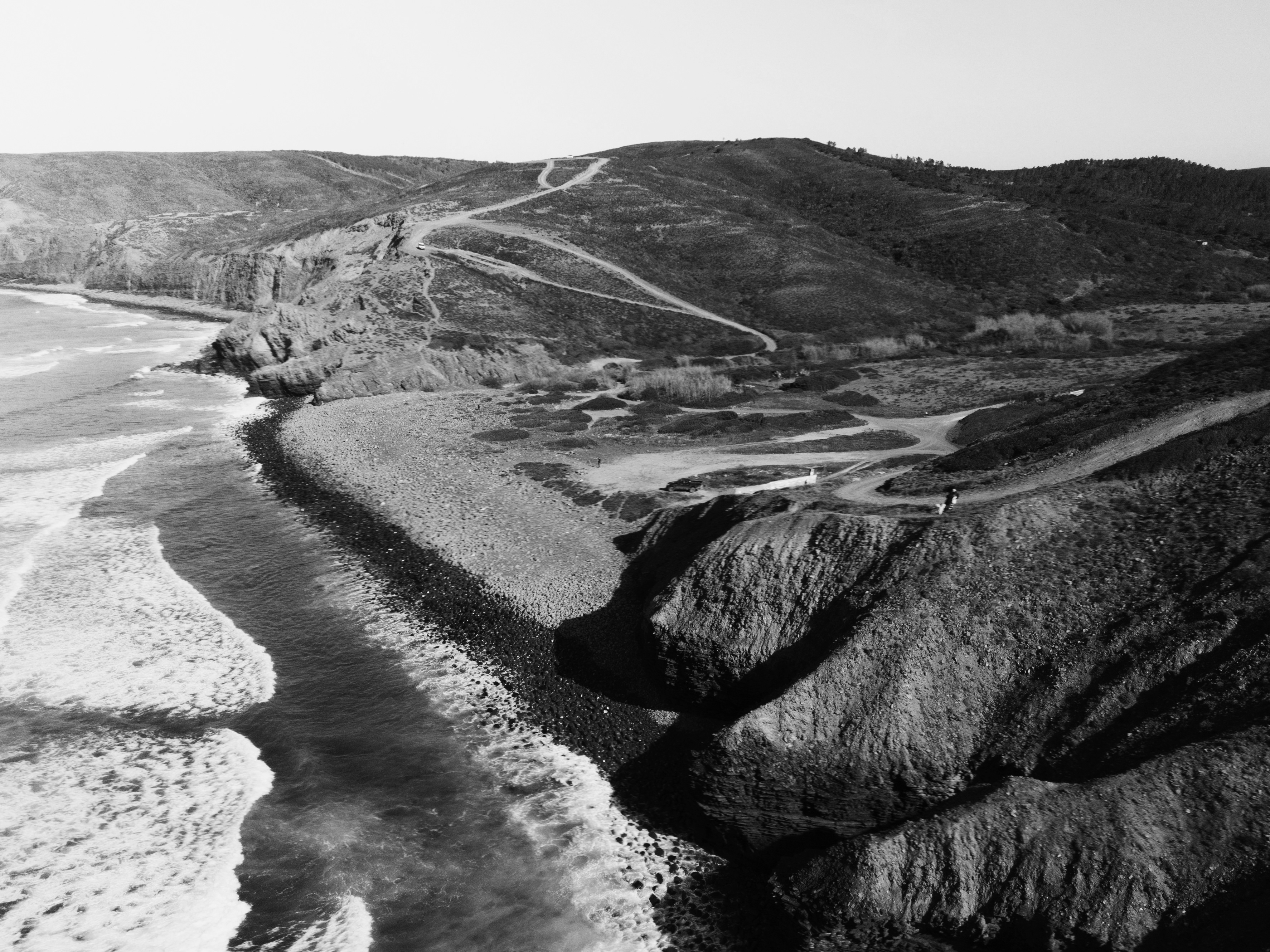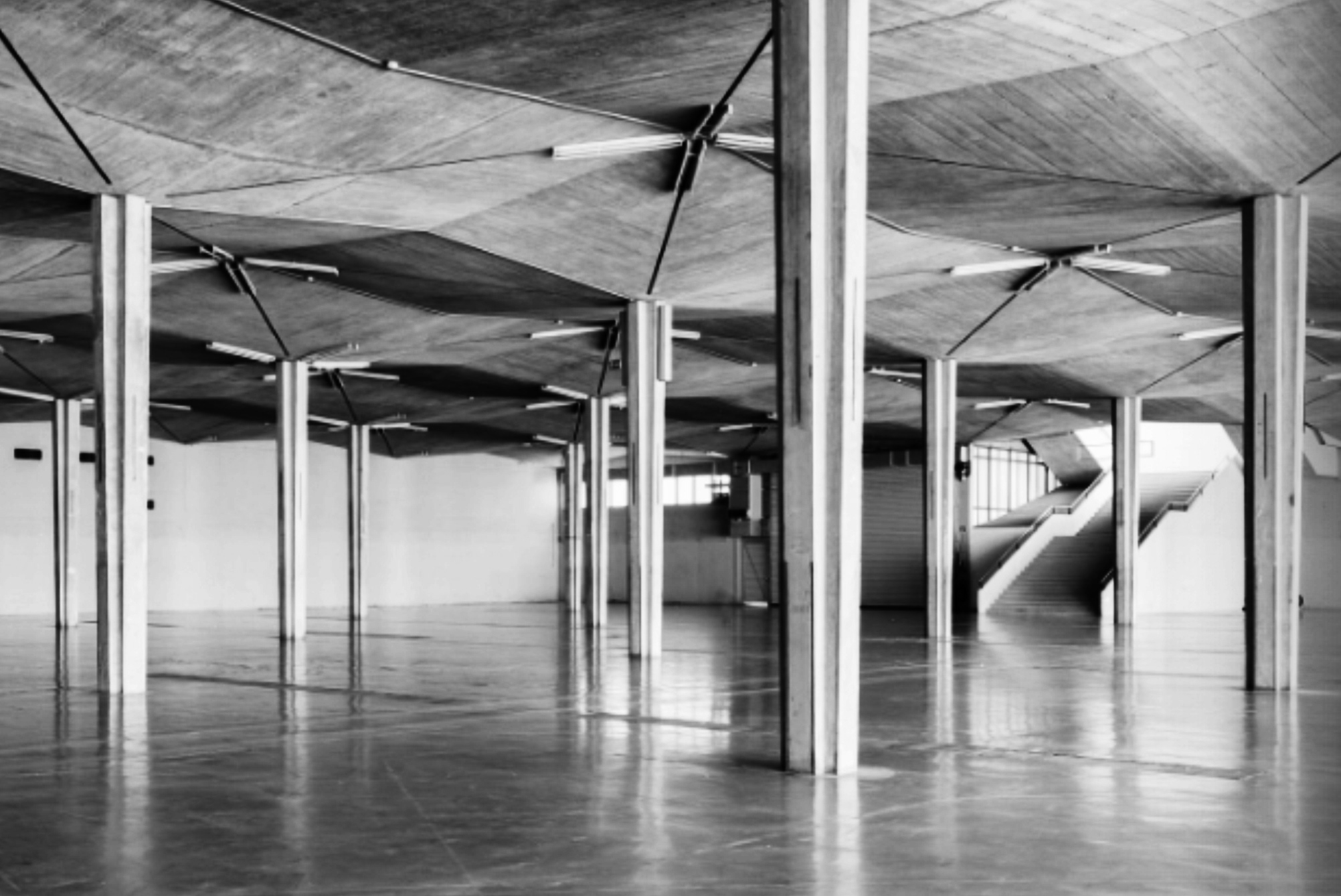WWF Observation cabins in Orbetello, Italy
Since the beginning of humanity, man has been co-existing with nature in a unique way. Looking back to the essence of this existence, we propose a simple gesture that would unlock this special circumstance - a path gently laid on the landscape. A ‘fil rouge’ that intertwines the lagoon of Orbetello. The architectonic intervention emphasizes movement and provides the user with a different experience with each step.* It begins at the entry point with the reception and amenities, following the existent pathway to the lagoon and finally arriving at the entrance of the observation experience. As the visitor moves further, he is led through a succession of 3 distinct experiences. 1 - The Observation point at water level - descends to the level below the ground immersing the person into the lagoon. A feature for observing the animals at water level. 2 - The On-the-ground observation point - gently rises from the depths of the lagoon to subject the viewer to the beautiful fauna on arrival in the lagoon. 3 - The raised observation point - soars above the ground to give the viewer an exceptional experience of animals in flight with the lagoon permeating under the bridge. Prefabricated red pigmented concrete fins mark the organic movement of the experience. As a ‘fil rouge’ these elements are a recurring event that accompanies the observer’s journey. The choice of material recalls the earth on which the path is placed and allows direct contact with the flora and fauna. Due to the calculated depth of the fins, the viewer is prompt to stop and encounter the views only when between them. A meditational gesture. Further, these structural elements create a sense of disorientation, by changing in density and height, and seclude the observer from the natural world. Each fin is independent and stands in the lagoon reminiscent of a flamingo setting its feet in the water. The roofs of the observation spaces are draped with fabric, they are slightly inclined towards the central loops allowing the water to drive into the central spaces. The paths, on the other hand, are followed by series of cables that intertwine a net of vegetation which enriches the biodiversity of the intervention. The path itself is a light metallic structure that allows visual permeability also downwards. The observation spaces could be enclosed with vertically fixed fabric shutters providing lightness and flexibility.









